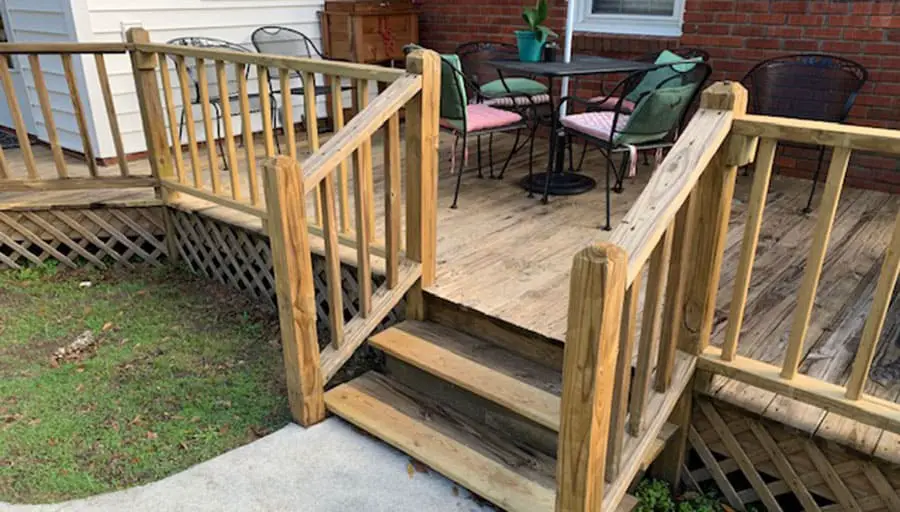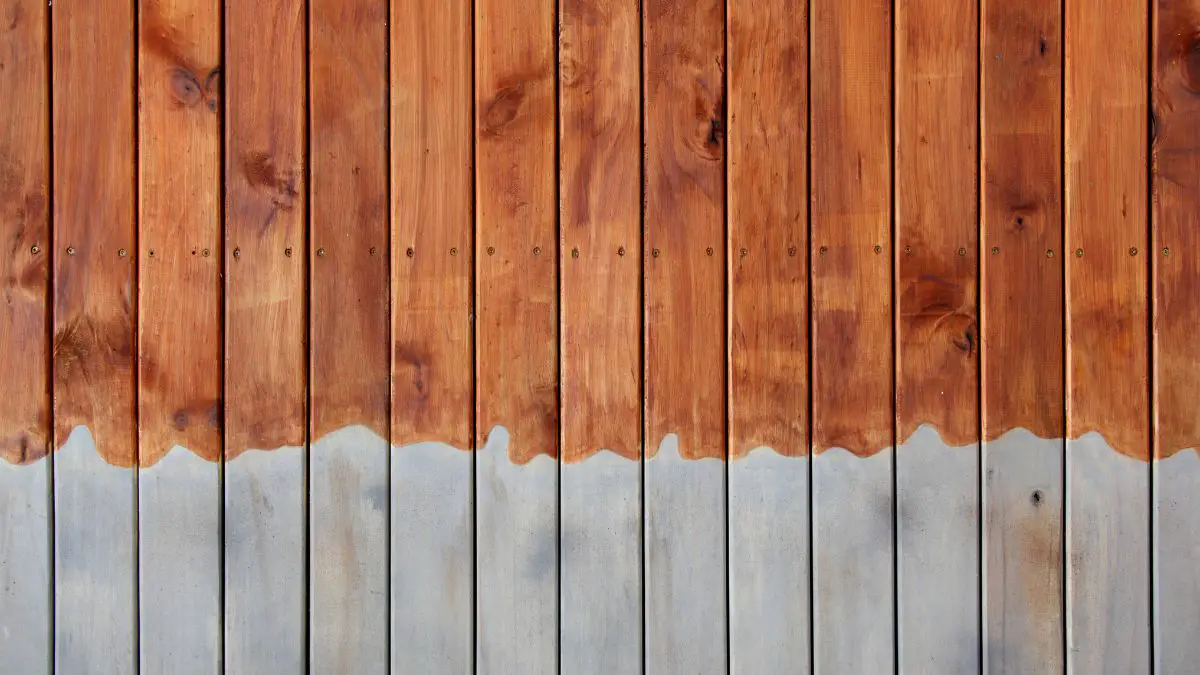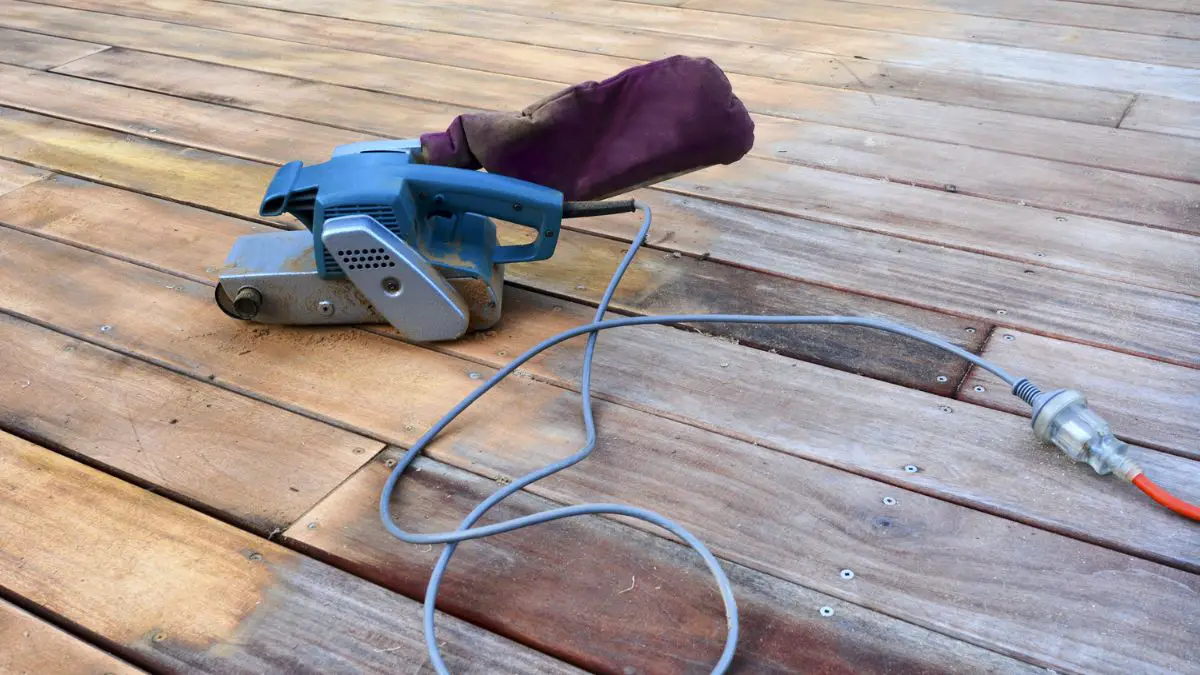
Your home’s deck provides years of outside enjoyment for your family. However, like the rest of your house, decks are prone to damage and eventually need to be replaced. That said, how often should decks be replaced?
When your deck has obvious damage, repair or replacement is necessary. Decks can last 20 to 50 years, depending on the type of wood used and routine maintenance. Wood decks typically last 10 to 30 years. Wood decking, regardless of species, should have routine maintenance performed every 2 to 3 years. Synthetic composite decking can last 30 to 50 years and requires minimal maintenance.
It’s important to remember that damage to decks, such as rotted decking boards, be repaired to avoid accidents that can lead to serious injuries.
There is much more to be done with decks than just replacing them. Decks also need to be stained, painted, and sealed every 2 to 3 years to look their best. We’ll explore all of these further so keep reading!
What is the Average Lifespan of a Deck?
Most decks are made of wood, and wooden decks last between 10-30 years on average. How long decks last depend on the material used to make them and the different factors surrounding your region, such as the climate conditions.
Frequency of use also plays a considerable role, primarily because of the wear and tear that comes with using your deck.
In that regard, here are the things you need to know about the lifespan of your deck depending on the materials used:
1. Wooden decks
Most homes use wooden decks. Lumber and cedar are the most commonly used types of wood, but you can also see some homes making use of redwood and hardwood depending on how available they are in certain regions.
In most cases, owners prefer wooden decks because they save them a ton of money upon construction. In addition, wooden decks are easier to install and are less likely to cost installation fees.
However, the problem with wooden decks is that you will need to maintain them to ensure that they are free from damage and retain the natural look that people find appealing.
Pressure-treated wood is supposed to be resistant to insects and water damage and should be able to last for a long time, but that doesn’t mean it won’t get damaged.
Heat, consistent use, and other natural factors will undoubtedly affect the lifespan of pressure-treated wood. But, in most cases, they will last as long as 50 years. In comparison, untreated wood can last for at least ten years and as long as 30 years.
2. Composite decks
Composite decks are made of materials that tend to be artificial rather than natural. Materials such as PVC and vinyl are often used to make composite decks.
Though some composite decks may have wood, it’s not the primary material. Nevertheless, composite decks are more likely to be made from artificial materials.
Because composite decks are made from artificial materials, they are less likely to require maintenance than decks made from wood. However, the initial costs of installation are heavier.
Composite decks are very hardy and will be able to last for as long as 50 years, depending on how often you use them and how much damage they have taken. However, the consensus is that artificial composite decks are much more resilient than untreated wooden decks.
Curious if composite decking can be painted, see our article Can You Paint or Stain Composite Decks?
How Often Should Decks be Stained?
Your deck’s floorboards should be stained once a year if you want to retain their appearance. On the other hand, horizontal surfaces can go for about 2 to 4 years without getting stained.
Staining a deck is an excellent way for you to keep it looking attractive. Unfortunately, since most decks are made of wood, they are bound to lose their natural look and appeal as time goes by.
How often should you stain your deck depends on many factors such as weather and climate conditions, foot traffic, and deck location.
Of course, if your deck is exposed more to environmental factors such as sunlight, rain, snow, and other similar factors, you would need to stain them more often than usual. The same goes if you often have guests over because of all the foot traffic your deck gets.
That said, depending on the different factors surrounding your deck’s maintenance, the boards may need to be stained once every year.
Meanwhile, the horizontal portions of your deck are less likely to see the same kind of wear and tear that the floorboards do because of the lack of foot traffic, but they are still just as prone to the elements.
How Often Should Decks Be Painted?
In most cases, you need to repaint your deck only once every 2 to 4 years. Even though the paint is much more prone to getting damaged than the stain, you don’t have to repaint your deck on an annual basis because proper and regular maintenance may already be enough.
Aside from keeping your deck stained, you would also need to make sure they are painted frequently to maintain their look correctly. Paint not only allows your deck to look attractive but also helps protect the boards from the effects of the elements. As such, repainting your deck will also allow it to last longer.
Just like how the elements and frequency of use affect how often you should stain your deck, the same goes for how often you should repaint it. The moment you see your paint bubbling, peeling, or flaking that is a sign that it needs repainting to avoid further damage.
Meanwhile, you also have to consider that wood shrinks or expands naturally due to weather changes. When that happens, the paint on the wooden deck won’t keep up and will eventually start to peel off.
As such, maintaining the paint will be essential in making sure that your deck looks as neat as possible. You can do so by sanding certain surfaces that are starting to bubble and applying light coats of paint on areas that are beginning to peel off.
How Often Should Decks Be Sealed?
Most decks would only require sealing once every year, depending on the environmental conditions in the area.
One of the biggest enemies of decks is moisture because it can seep into wooden boards and causing wood rot. Excessive moisture is common during fall and winter when moisture in the air is higher, and outside temperatures are cooler. Sealing your deck minimizes the amount of moisture that seeps into the floorboards.
Moisture, when absorbed by the wooden boards of your deck, can easily cause rotting and splitting. When that happens, expect your boards to show quick signs of damage.
The best way you can know that it is time to seal your deck again is by testing it out. You can do so by pouring a few drops of water on the deck. From there, try to see what happens.
If the water remains on the surface of the wooden board, then your deck doesn’t need to be sealed. However, if water seeps into the wood, then the wood needs a water sealant applied.
People living in locations prone to typical wet weather or who experience a lot of rainfall should consider sealing their decks more often than those who live in drier climates.







